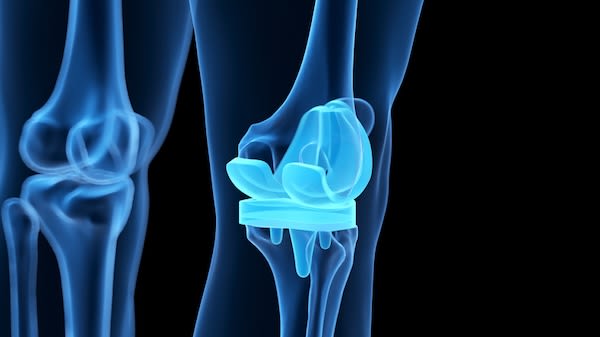
Swedish Orthopedic Institute
Every year, we help restore people’s quality of life by performing successful spine surgeries, joint replacement surgeries and other orthopedic procedures. Our orthopedic surgeons pioneered joint replacement methods that are now used worldwide, and we were the first in the Puget Sound area to offer MAKOplasty partial knee resurfacing treatment.
Experience and Expertise You Can Trust
Swedish Orthopedic Institute performs more than 5,000 orthopedic procedures every year. This experience and the consistent, excellent outcomes have earned Swedish the distinction of being the region's premier surgical hospital and one of the foremost orthopedic centers in the nation.
At the Swedish Orthopedic Institute, our surgeons are backed by veteran orthopedic surgical teams in state-of-the-art operating suites with the most advanced technologies.
As a Blue Distinction Center for hip and knee replacement and spine surgery, we have better overall outcomes with fewer medical complications, fewer readmissions and higher survival rates.
Our pre-op joint journey classes are held 100 percent virtually. Learn what to expect before surgery, during your hospital stay and for the first several weeks after surgery.
Orthopedic Conditions Treated & Services Offered
Our treatment teams are led by board-certified orthopedic surgeons, physiatrists and other specialists who are experienced in the following services.
Providers Specializing in Swedish Orthopedic Institute
At Swedish, you'll have access to a vast network of dedicated and compassionate providers who offer personalized care by focusing on treatment, prevention and health education.
Respected Specialists with Quality Results
Experience plus excellent outcomes has earned Swedish the distinction of being the region's premier surgical hospital and one of the foremost orthopedic centers in the nation. The Swedish Orthopedic Institute was the first facility of its kind in the Pacific Northwest. Today, the institute has grown to include more than 80 of the region’s most experienced surgeons across four Swedish campuses. Learn more about what this means for you.
-
Joint Replacement Preop Class (Scheduled Surgery)Our pre-op joint journey classes are held 100 percent virtually. Watch the seminar online.
-
Swedish Orthopedic Institute Tour

Insurance Plans Accepted by Swedish
Find your insurance carrier and see which doctor participates with your insurance plan.
Since plan coverage changes from time to time, you should always verify that your plan covers the care you need at Swedish before making an appointment.
News & Information From Our Orthopedic Experts




